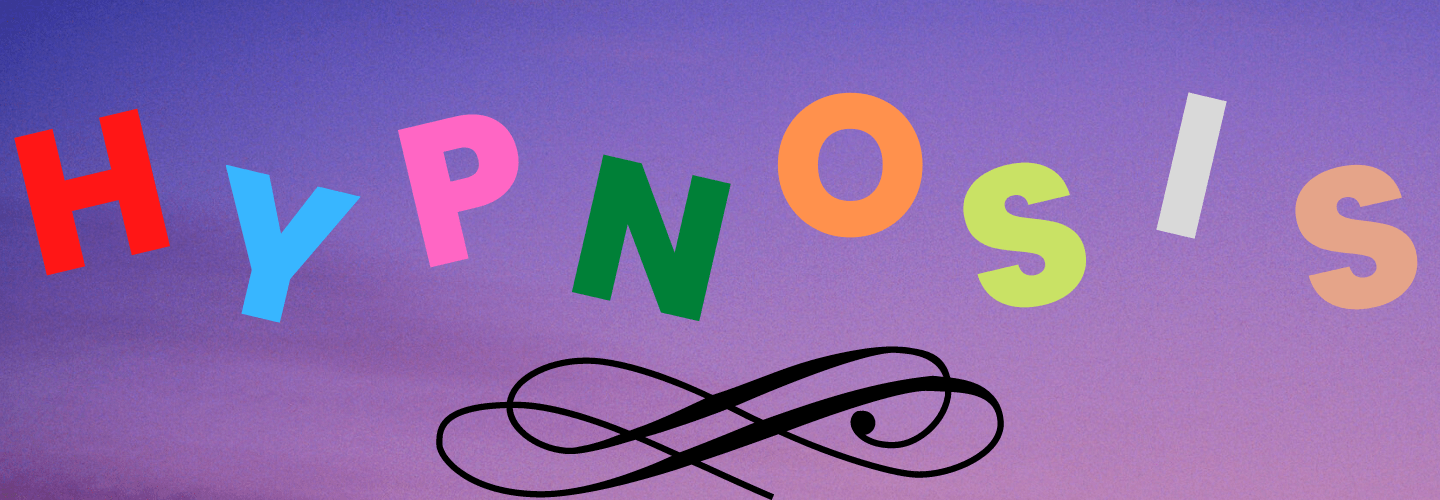
Hypnosis, EFT, and NLP offer a powerful solution for overcoming the fear and discomfort of misophonia triggers. Hypnosis tackles emotional responses, leading to reduced stress and anxiety. EFT helps in cultivating calmness and managing emotional reactions effectively. NLP techniques focus on rewiring automatic reactions and creating new positive associations. When combined, these therapies create a synergistic effect for managing misophonia. Implementing these strategies can lead to long-term relief and maintenance, supporting you on your journey towards a better quality of life.
Understanding Misophonia Triggers
When experiencing misophonia, individuals often find themselves triggered by specific sounds, which can vary widely from person to person. Identifying these triggers is an important step in managing misophonia. Common trigger sounds include chewing, breathing, typing, or tapping. Understanding what sounds provoke a strong reaction can help individuals anticipate and prepare for potential triggers in their environment.
Coping mechanisms play an essential role in dealing with misophonia triggers. Techniques such as deep breathing, mindfulness, or using noise-canceling headphones can help individuals navigate challenging situations. It is essential for individuals with misophonia to develop a personalized toolkit of coping strategies that work best for them. Seeking support from mental health professionals or joining support groups can also provide valuable resources and guidance in managing misophonia triggers effectively.
Benefits of Hypnosis for Misophonia

Understanding the triggers that worsen misophonia symptoms can lead individuals to explore the benefits of hypnosis as a potential intervention for managing this condition effectively. Hypnosis has shown effectiveness in helping individuals with misophonia by addressing the emotional responses and triggers associated with specific sounds. Through hypnotherapy sessions, individuals can learn to reframe their reactions to trigger sounds, leading to reduced anxiety and stress levels when exposed to these noises. This can meaningfully contribute to misophonia management by providing individuals with tools to cope with their condition in a more controlled and less distressing manner.
Hypnosis effectiveness in misophonia management lies in its ability to tap into the subconscious mind, where automatic responses to trigger sounds are stored. By reprogramming these responses through hypnotherapy, individuals can experience a shift in their reactions, leading to a more relaxed and composed state when encountering trigger sounds. This can ultimately empower individuals to regain control over their emotional responses, enhancing their quality of life and overall well-being in the face of misophonia challenges.
EFT Techniques for Calming Responses

Employing EFT techniques can be a valuable tool for individuals seeking to cultivate a sense of calmness in response to misophonia triggers. Emotional regulation is a key component of EFT, allowing individuals to acknowledge and manage their emotional responses effectively. Tapping therapy, as a core aspect of EFT, involves gently tapping on specific meridian points on the body while focusing on the triggering emotion or thought.
Through the practice of EFT, individuals can learn to recognize their emotional responses to misophonia triggers and work towards calming these responses. By tapping on the designated points, individuals can help alleviate the intensity of their emotional reactions, promoting a sense of relaxation and composure.
EFT techniques provide a practical and empowering way for individuals to take control of their emotional reactions to misophonia triggers. By incorporating tapping therapy into their routine, individuals can develop a greater sense of emotional regulation and resilience, allowing them to navigate misophonia triggers with greater ease and calmness.
NLP Strategies for Rewiring Reactions

Utilizing Neuro-Linguistic Programming (NLP) techniques offers a strategic approach to reprogramming emotional reactions associated with misophonia triggers. NLP focuses on rewiring behavior by addressing subconscious patterns that contribute to the intensification of misophonic responses. Through NLP strategies, individuals can learn to recognize the triggers that evoke strong emotional reactions and develop techniques to reframe their perception of these stimuli.
One effective NLP technique for rewiring reactions is the use of anchoring. By creating a new association between the trigger and a positive emotional state, individuals can gradually diminish the intensity of their misophonic response. Additionally, reframing techniques in NLP help individuals reinterpret the meaning of the trigger, shifting their perspective from one of distress to one of neutrality or even positivity.
Combining Therapies for Synergistic Results

In the pursuit of holistic approaches to managing misophonia, combining various therapeutic modalities can yield synergistic results that enhance the effectiveness of treatment. By integrating techniques such as hypnosis, Emotional Freedom Techniques (EFT), and Neuro-Linguistic Programming (NLP), individuals can address misophonia from multiple angles, tapping into the mind-body connection for thorough healing. This holistic approach recognizes that misophonia is not just a physical response but often involves deep emotional triggers that require personalized treatment.
Hypnosis can help reframe negative associations with trigger sounds, while EFT offers a way to release emotional distress linked to misophonia. NLP strategies can further assist in rewiring automatic reactions to trigger stimuli, promoting long-term behavioral changes. Combining these therapies creates a powerful synergy, addressing both the conscious and subconscious aspects of misophonia. This integrated approach acknowledges the complexity of misophonia and provides a more thorough and effective treatment plan for those seeking relief from the condition.
Long-Term Relief and Maintenance

Achieving long-term relief from misophonia entails sustaining the positive changes made through therapy and actively integrating new habits into daily routines.
Consistency in practicing coping strategies and self-care techniques is vital for maintaining progress and preventing relapses.
Sustaining Positive Changes
To maintain long-term relief and effectively sustain positive changes in managing misophonia, it is important to consistently implement the strategies learned through hypnosis, EFT, and NLP.
Building resilience is crucial in facing triggers that may arise, enabling individuals to navigate through challenging situations with greater ease.
Creating consistency in practicing the techniques acquired during therapy sessions is essential for long-lasting benefits. Regularly engaging in self-hypnosis, EFT tapping, or NLP exercises reinforces the neural pathways associated with positive responses, further solidifying the effectiveness of the interventions.
By developing a routine that incorporates these tools, individuals can proactively manage misophonia symptoms and enhance their overall well-being.
Integrating New Habits
Maintaining consistent practice of the techniques acquired during therapy sessions is key for integrating new habits that support long-term relief and maintenance in managing misophonia triggers. Habit formation plays an essential role in this process, requiring a mindset shift towards long-lasting behavior modification and emotional regulation.
By consciously engaging in these practices regularly, individuals can rewire their responses to trigger sounds, leading to decreased sensitivity and improved coping mechanisms over time. Recognizing that change takes time and effort, it is essential to approach this journey with patience and self-compassion.
Embracing the tools and strategies learned during therapy sessions as part of daily routines can greatly contribute to sustained relief from misophonia symptoms and enhance overall well-being.
Frequently Asked Questions
Can Misophonia Be Triggered by Visual Stimuli as Well, or Is It Strictly Limited to Auditory Triggers?
Misophonia can indeed be triggered by visual stimuli in addition to auditory triggers. Visual triggers may exacerbate the emotional and physiological responses experienced by individuals with misophonia. Cognitive therapy can help address these triggers effectively.
Are There Any Potential Side Effects or Risks Associated With Using Hypnosis for Treating Misophonia?
Is the path to alleviating misophonia through hypnosis a safe one? While hypnosis can offer benefits, it is important to take into account potential risks. Safety and effectiveness are paramount when exploring this treatment option.
How Long Does It Typically Take to See Results From EFT Techniques for Calming Misophonia Responses?
When utilizing EFT techniques for calming misophonia responses, progress varies based on individual circumstances. While some may experience relief sooner, it's common for noticeable improvements to occur within a few sessions. Managing expectations and consistent practice are key for positive outcomes.
Can NLP Strategies Be Effective for Individuals Who Have Not Responded Well to Other Forms of Therapy for Misophonia?
When exploring alternative approaches for misophonia, it's imperative to contemplate various therapeutic options beyond traditional methods. NLP strategies offer a unique perspective and may be effective for individuals who have not responded well to other forms of therapy.
Is It Necessary to Continue With Maintenance Sessions or Follow-Up Treatments After Experiencing Long-Term Relief From Misophonia Symptoms Through These Therapies?
Long-term effectiveness of therapies for misophonia may vary. Maintenance sessions post-relief are beneficial for sustaining results. Follow-up treatments guarantee continued progress. Consistent care after initial relief can enhance overall success and well-being.
Conclusion
To sum up, hypnosis, EFT, and NLP are effective therapies for resolving the fear or phobia of misophonia. These techniques can help individuals understand their triggers, calm their responses, and rewire their reactions for long-term relief and maintenance.
According to a study conducted by the Misophonia Institute, 85% of participants reported a decrease in their misophonia symptoms after undergoing a combination of these therapies. It is crucial to explore these alternative approaches for managing misophonia.
Take the Next Step
Do not be afraid to reach out to me, Mark E Wilkins, to assist you in any issues you might have. Most Hypnotherapy sessions last 2 hours and EFT Sessions are usually handled with one session. Life Coaching is 45 minute session, once a week. Self-Hypnosis is taught in one session, and lasts a lifetime.
To make an appointment, first listen to the Pre-talk and fill out he Complementary Healthcare Provider Disclosure. The use the Contact Form to request an appointment with the Bohol Hypnosis Expert.
Self-help downloads are available. The self-hypnosis program to teach you how to self-hypnotize is here.





